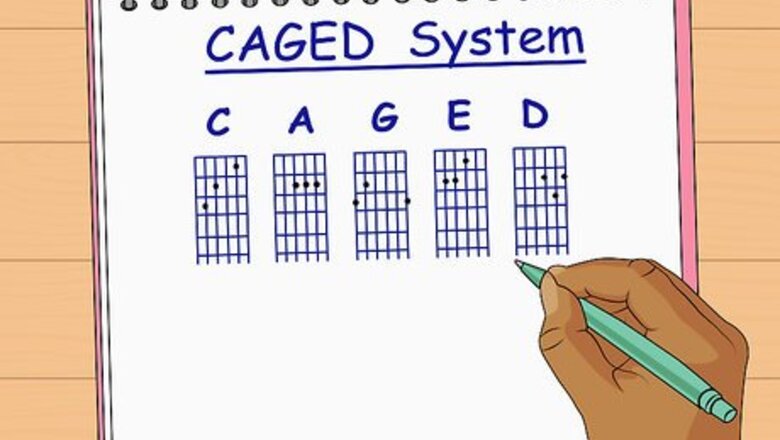
views
X
Research source
Designing Your Curriculum
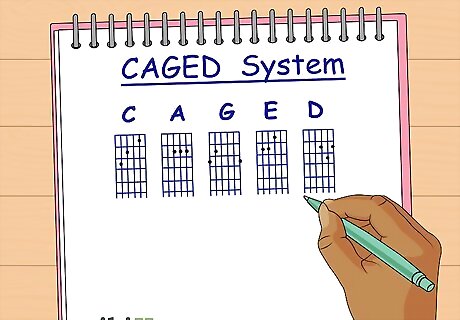
Start with the CAGED system. The "CAGED" system is a set of five simple, open chords that are easy for beginning guitar students to learn. These common chords don't require complex finger movements and appear in a variety of songs. Do a search online, and you can find plenty of free resources to help you get started in this system, including chord charts and teaching tips and tricks. The CAGED system includes the chords C, A, Am, G, E, Em, D, and Dm. These chords have relatively simple shapes that are easy to learn and transition between. Once your students have these chords down along with a few basic strumming patterns, they should be able to play thousands of songs. Structure each lesson around a chord or two, and making a simple transition.
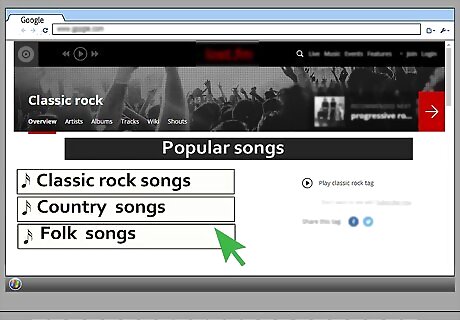
Find popular songs that use the chords you teach. Many students want to learn how to play guitar so that they can play their favorite songs. Try to pick a variety of songs in different genres so your students can learn something with which they're already familiar. For example, you may want to find a classic rock song and a country or folk song that uses the chords taught in each of your lessons. If you can find several, your students can pick the songs that most appeal to them. Many songs also have simplified, beginner versions that you can use to motivate your students and make them feel like they're making progress. Seek these out especially for students who mention favorite songs they've always wanted to play. Inspire confidence – don't simply tell them that the song they want to play is "too hard" or "too complex." You also can use the recordings of those songs to get your students up to speed. Once they learn the chords and how to transition between chords smoothly, they can practice playing along with the recording.
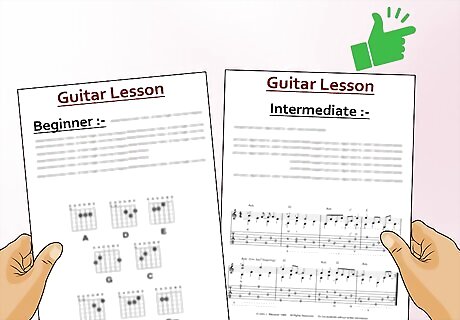
Keep your lessons simple. A limited number of well-defined targets is much easier for beginning students to understand. If you give them too much with each lesson, they may become overwhelmed and abandon their lessons. Decide early on what level of students you want to teach, and develop methods for teaching students at that level. How you teach beginning students will differ from how you would teach intermediate or advanced students. If your ultimate goal is to keep students for a long time and have them progress in their musicianship and handling of the instrument, you need to be able to identify when you need to step up your teaching methods to match their progress. This is something you'll learn to pick up intuitively with practice.
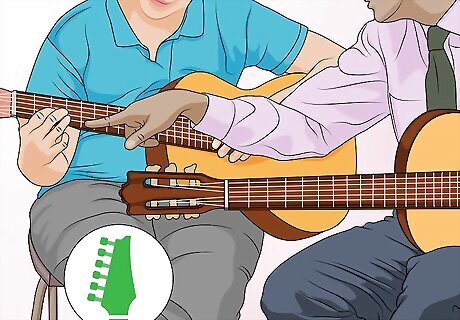
Focus on technique over theory. To play any instrument well, a musician must have a handle on both theory and technique. In your first lessons with a beginner, include a light introduction to theory, but work on building their physical capability to play the instrument before you worry too much about it in your lessons. You can briefly explain the theory behind the focus of each lesson (the chords you're teaching, or the strumming pattern being used), but leave it at that unless the student expresses an interest in learning more. Keep in mind that even if the student is interested, too much technique at first can be overwhelming – especially to an anxious student who just wants to start playing already. At the same time, a good bit of theory may be comforting to students who have been classically trained in another instrument, such as piano or violin, because they can fit the guitar into the musical understanding they already have.

Maintain flexibility. Particularly if you are giving private lessons to individual students, your curriculum should have flexibility so it can be tailored to each student's personal goals and skill level. Not everyone will learn at the same pace. You may want to create a questionnaire for your students to fill out before their lessons start. Include questions that will allow you to learn each student's general musical background and any experience trying to play the guitar. You also want to get an idea of the types of music they like and their goals for learning guitar. These questionnaires can help you better tailor the lessons to each individual student. For example, if a student's goal is to be able to play a certain song, you can identify the chords in that song and start there. Some students will appreciate a lot of theory and practicing scales early on, before moving to actual songs. Other students will get frustrated with this. The questionnaire and conversation with your students can help you identify how they will be happiest with their lessons.
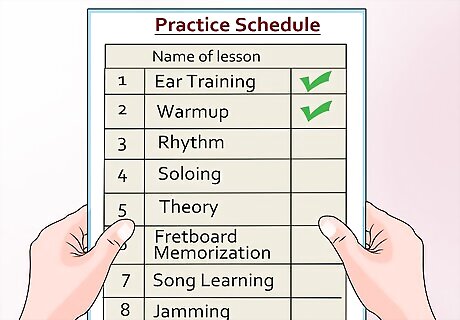
Emphasize practice between sessions. Your students aren't going to learn to play guitar if all they do is show up to their sessions and then leave their guitar in its case all week. Finger positions and strumming patterns will only become natural with repetition. For students that aren't very self-motivated or self-directed, you might want to provide them with a basic practice schedule. List the things you've gone over in the lesson, and leave space for them to place a check mark after each thing for each day they practice it. At the beginning of each lesson, briefly go over what was covered in the last lesson. If the student was given a song to play for practice, ask them to play it for you so you can evaluate their progress. If your students fail to practice, start a dialogue to find out why. Be open and understanding. If they have something else going on in their life that is preventing them from making a commitment to practicing, you may want to allow them to postpone their lessons until their schedule loosens up a bit.
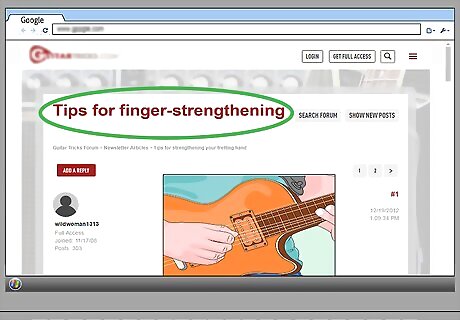
Provide exercises for improving finger strength. Beginning guitarists are going to have difficulty moving their fingers with speed and agility. This is especially true for those who've never played any other stringed instrument. You typically can find a number of finger-strengthening exercises online. Many are geared specifically for students beginning to learn guitar. Look for exercises that focus on building finger muscles and spreading the fingers. Even students who have played other instruments may need to strengthen their pinky fingers, which often don't get worked as much with other instruments as they do with guitar. The stronger the student's fingers get, the easier they will find it to move more quickly and accurately on the fret board.
Finding Students

Start by teaching friends for free. If you have any friends who are interested in learning how to play guitar, offer to help them. This can be a way to develop your teaching skills and learn what methods are most effective. If you're a reasonably good guitarist, chances are someone's already asked you to teach them. If not, ask some of your friends who don't know how to play guitar if they'd like to learn. Working with someone you know is helpful because they'll give you honest feedback on what's helping them and what's not. You'll also get a good idea of what kinds of information you need to know from your students. While you may already know these things from your friend, and have the ability to intuitively tailor a lesson to their interests, you can always reverse-engineer that to figure out what information you relied upon when formulating your lesson plans. Be careful not to lapse into a more friendly manner in these practice sessions. You can crack jokes or share stories, but keep in mind that you're trying to develop good teaching methods – not hang out with your friend.
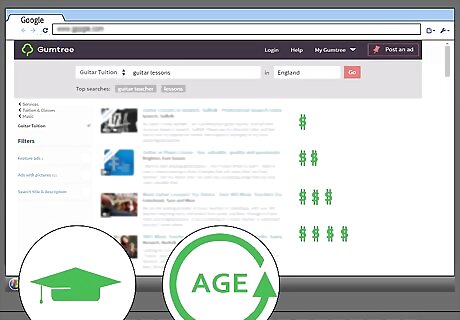
Research rates for guitar instruction locally. Once you feel confident enough in your teaching abilities to start looking for students publicly, spend some time evaluating the local market. You need to be able to price your lessons competitively. If you set your rates too high, you'll have a hard time attracting students. On the other hand, setting rates too low means you won't be properly compensated for your time. Compare yourself to other instructors objectively, including relevant background and skill level. For example, as a beginning instructor you wouldn't want to charge as much as someone with 20 years experience or a college degree in music education. You also need to keep in mind the age range of students that you ideally want. This will impact the rates you charge as well as your advertising and marketing strategy.
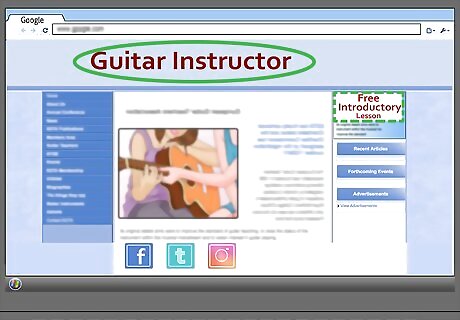
Establish a presence on social media. When you're just getting started teaching guitar, social media can be a good way to get the word out. Start a basic website and build connected social media accounts. Share the information with everyone you know. You can build social media accounts without spending any money, which is part of what makes this a great way to spread the word about your services at the start. Later, you can decide if you want to spend money to promote your posts or create online advertising. Social media also helps you build your brand. Pick a name for your business and use the same user names on all websites. You may want to set up a discount system for those who find out about your lessons through social media, or who share your posts or make a referral. You also can create posts with a code for a free introductory lesson. Make sure when you craft the introductory lesson that the student will learn something right away and feel like they're advancing toward their goal of learning to play guitar in a positive and productive way.
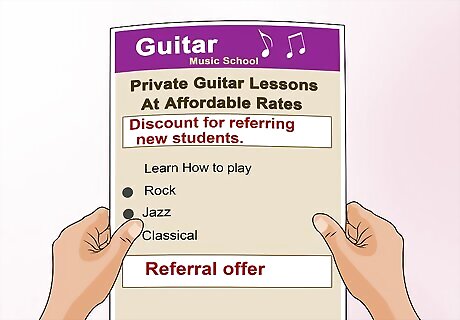
Rely on word-of-mouth at first. If you've decided you ultimately want to grow your business until you're teaching guitar full time, start small. Using word-of-mouth doesn't cost you any money, and can help you build a loyal following. One way you can do this is by offering a discount for existing students who refer new students to you. After you've had a student for a month and they seem dedicated, remind them of the referral offer. They've had enough time with you by that point to know if they would recommend your services to others.
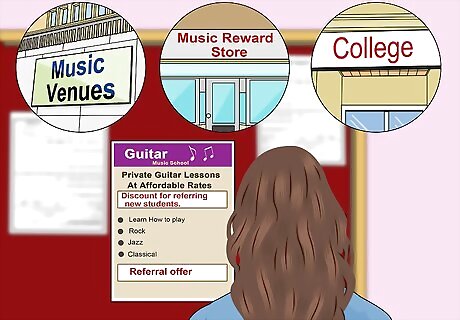
Expand to other methods of promotion. Once you've had a little experience teaching a few students, you may want to start looking for other ways to find students, including directories and fliers in music stores or coffee shops. Think about where people interested in music often congregate – this could include record stores and local music venues. Ask the owners if they have a bulletin board for advertising guitar instructor services. Schools also can be good places to advertise your services, particularly college campuses. You also can expand to online advertising, which can be a relatively inexpensive way to get the word out. Try to place advertisements with websites that cater to local or regional interests.
Organizing Your Business

Require advance payments. You don't want to do work and not get paid. But if you don't require tuition from your students up-front, that may be what happens. Choose billing options that best suit your financial needs. The easiest option is to have students commit to a month at a time, and pay for that month up front. This method not only makes accounting easier for you, but also ensures a level of commitment from your students. Paying in advance for a month's worth of lessons also makes it easy for you to schedule and allot your time, which is immensely important if you are working a day job and teaching guitar on the side.

Continue to study and expand your teaching methods. The more you improve as a musician and a teacher, the more students you will attract. Becoming a better guitarist yourself also means you can keep students for a longer period of time. For example, if you are an intermediate guitar player, you may have no problem teaching beginners. But once your students become as good a player as you are, you have to let them go because you have nothing more to teach them. While you can probably find other beginners, you're limiting yourself if you don't continually improve your own skills. With time and experience, you will learn new teaching methods or new tricks that help a particular thing to "click" with your students. Expand your repertoire by talking to other guitar teachers on a regular basis and getting ideas from them. You might consider joining a band or doing open-mic performances on your own to gain exposure. Someone listening to you play may be interested in learning from you.
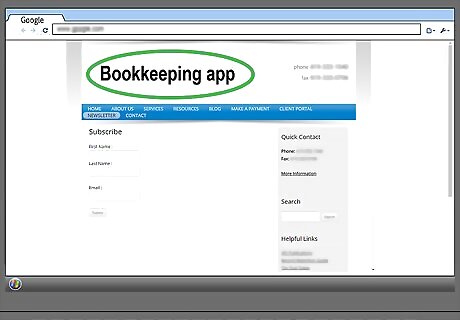
Keep meticulous records. When you start teaching guitar, you are also starting a small business. Regardless of whether you just want to teach guitar on the side, or eventually want to grow your business and quit your day job, good record keeping is essential. You may want to subscribe to a bookkeeping app or service so you can quickly and accurately record your income and business-related expenses. Keep in mind that you will have to include your income on your taxes, but you also can deduct expenses related to your guitar teaching business. For example, if you're teaching students in their own home, you can deduct the mileage to and from those lessons. You also can deduct the cost of materials, such as guitar strings or paper used to print handouts for students. You may want to set up a meeting with a small business advisor or an accountant so you can get a handle on the records you need to be keeping and how long you need to keep them.
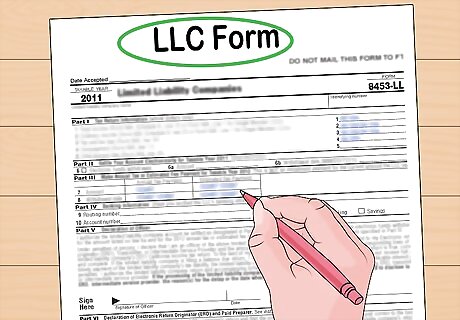
Set up an LLC. Particularly if you intend to teach guitar full-time, you'll want to organize your business into a defined structure to separate it from your personal finances. Creating an LLC is perhaps the simplest way to do this. Setting up an LLC means that if one of your students has a legal dispute with you, or if you have a dispute with another business, your personal assets will be protected and they won't be able to go after those. Consult a local attorney to find out what the requirements are for setting up an LLC where you live. Typically you can do everything yourself without having to hire an attorney to do it for you. There also may be other permits or licenses that you need to conduct your business legally in your area. If you live in the United States, you'll need to register your business name and the business itself with your state's Secretary of State.

















Comments
0 comment